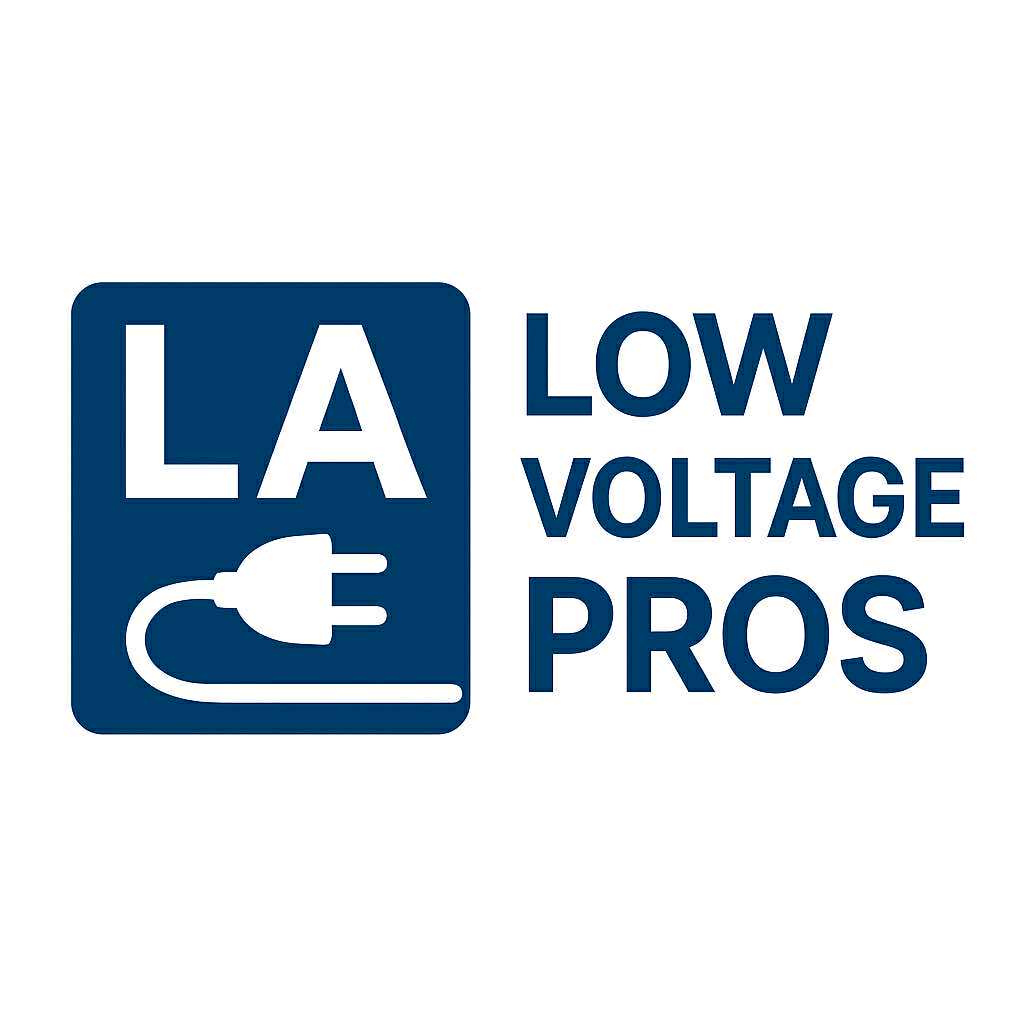Low Voltage Wiring Code in California – Los Angeles Guide
Low voltage wiring is an essential component of modern electrical systems. In Los Angeles, as in the rest of California, proper installation and compliance with local and state codes are crucial for safety, efficiency, and regulatory adherence. Low voltage wiring typically refers to electrical systems that operate at 50 volts or less. These systems are commonly used for telecommunications, data networks, security systems, audio/video systems, and smart home devices.
Following the California Electrical Code ensures that low voltage wiring is installed safely, reducing the risk of fire hazards, electrical failures, and costly repairs. It also guarantees that installations meet state and city standards, which is particularly important for commercial properties, offices, and multi-unit residential buildings in Los Angeles.
What is Low Voltage Wiring?
Low voltage wiring is designed for systems that do not carry high electrical current. Unlike standard electrical wiring, which powers outlets, lighting, and appliances, low voltage wiring handles:
- Internet and network cabling
- Security cameras and alarm systems
- Telephone lines and intercom systems
- Door access controls
- Audio and video distribution
These systems are safer to work with because the lower voltage reduces the risk of electric shock. However, even low voltage wiring must follow strict codes to prevent hazards and ensure proper system performance.
California Low Voltage Wiring Code Overview
California adopts the National Electrical Code (NEC) with specific amendments to address local conditions. Some key points in the low voltage wiring code include:
- Voltage Limitations – Low voltage wiring must operate at 50 volts or less.
- Cable Types – Only approved cable types should be used for specific applications, including plenum-rated cables in air handling spaces.
- Separation from High Voltage Wiring – Low voltage wiring must be physically separated from high voltage electrical lines to avoid interference and reduce the risk of fire.
- Installation Standards – Wires must be secured, supported, and protected from physical damage. Conduit or raceways may be required in certain installations.
- Fire Safety Compliance – All low voltage wiring must comply with fire codes, especially in commercial and multi-family residential buildings.
- Labeling and Documentation – Proper labeling of cables and system diagrams is required for future maintenance and inspections.
Adhering to these standards ensures the longevity and safety of low voltage systems, which is critical in cities like Los Angeles where commercial and residential properties rely heavily on interconnected devices.
Common Applications of Low Voltage Wiring in Los Angeles
Low voltage wiring plays a vital role in modern infrastructure. Some common applications include:
- Security and Surveillance Systems: CCTV cameras, alarm systems, and access controls depend on proper low voltage wiring for reliable operation.
- Data and Network Cabling: Fiber optic and Ethernet cabling support high-speed internet and office networks.
- Audio/Video Systems: Home theaters, public announcement systems, and conference room audio setups use low voltage wiring.
- Smart Home Automation: Devices such as lighting controls, thermostats, and smart locks are powered through low voltage systems.
Each application requires specific cable types and installation techniques, all of which must comply with California electrical regulations.
Benefits of Following Low Voltage Wiring Code
Compliance with low voltage wiring code offers several benefits:
- Safety: Reduces risk of electrical fires and equipment damage.
- Reliability: Proper installation ensures consistent system performance.
- Regulatory Compliance: Avoids fines, insurance issues, and building code violations.
- Future-Proofing: Standardized installation makes upgrades and maintenance easier.
For Los Angeles property owners, compliance is especially important due to local building inspections and regulatory requirements.
Low Voltage Wiring Installation Tips
While professional installation is recommended, understanding best practices helps property owners and facility managers:
- Plan cable routes carefully to avoid interference and minimize exposure to heat or moisture.
- Use the correct cable type for each application, such as plenum-rated cables for air handling spaces.
- Keep low voltage and high voltage systems separate to prevent signal interference.
- Secure cables properly with clips or conduit to prevent damage.
- Label all cables clearly for easy identification and maintenance.
FAQs About Low Voltage Wiring Code in Los Angeles
Conclusion
Understanding the low voltage wiring code in Los Angeles is essential for anyone installing or maintaining low voltage systems. Compliance ensures safety, reliability, and long-term performance for networks, security systems, smart home devices, and other low voltage applications. Following California Electrical Code standards protects property, prevents hazards, and ensures peace of mind for residents and business owners.
